Conjunction: Mars, Venus And Moon
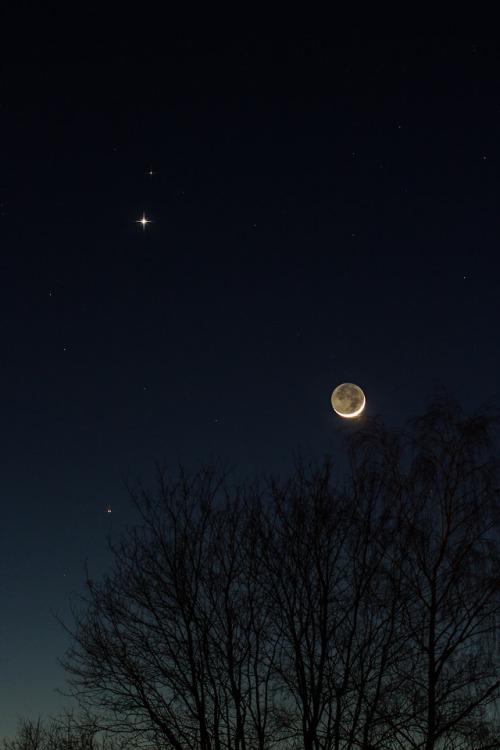
Conjunction: Mars, Venus and Moon
by Stefan Grießinger
More Posts from Carlosalberthreis and Others

Aglomerados de Galáxias Revelam Novas Ideias Sobre a Matéria Escura - http://www.nasa.gov/feature/jpl/galaxy-clusters-reveal-new-dark-matter-insights (será que vale um vídeo? )

De acordo com os astrobiólogos Charley Lineweaver e Aditya Chorpa, a vida em outros planetas provavelmente tem sido breve e tornou-se extinta rapidamente.
“O universo é provavelmente preenchido com planetas habitáveis, e muitos cientistas acreditam que esses planetas são habitados por alienígenas. O início da vida é algo frágil, por isso, nós acreditamos que ela raramente se desenvolve rápida o suficiente para sobreviver”, disse o Dr. Chopra, que é o primeiro autor de um artigo publicado na revista Astrobiology.
“A maioria dos ambientes planetários iniciais são instáveis. Para se produzir um planeta habitável, a forma de vida precisa regular os gases de efeito estuda, bem como a água e o dióxido de carbono para manter a temperatura da superfície estável”. A cerca de 4 bilhões de anos atrás, a Terra e os outros planetas terrestres no nosso Sistema Solar podiam ter sido todos habitáveis.
Contudo, um bilhão de anos depois da formação, Vênus se tornou um lugar muito quente, e Marte um lugar muito frio. Uma vida microbiana inicial nesses dois planetas, se é que ela existiu, falhou em se estabilizar rapidamente mudando o ambiente, de acordo com o Professor Lineweaver. “A vida na Terra provavelmente teve um papel importante em estabilizar o clima do planeta”.
O Dr. Chopra disse que a teoria resolve um problema antigo. O mistério de por que nós não encontramos sinais de vida de alienígenas, pode ter menos a ver com probabilidade da origem da vida ou da inteligência e mais a ver com a raridade da rápid emergência da regulação biológica dos ciclos de realimentação nas superfícies planetárias”.
Em planetas terrestres úmidos, com ingredientes e fontes de energia necessárias para a vida, ela parece ser onipresente, contudo, como o físico Enrico Fermi apontou em 1950, nenhum sinal de vida extraterrestre foi ainda encontrado.
Uma solução plausível para o paradoxo de Fermi é a extinção quase que universal acontecida no começo, algo que os cientistas têm chamado de Gargalo Gaiano.
“Os pré-requisitos e ingredientes para a vida parecem ser abundantes no universo. Contudo, o universo não parece ter tanta vida assim. A explicação mais comum para isso é a baixa probabilidade para a emergência da vida (um gargalo emergencial), notoriamente devido à intrigada receita molecular necessária”, disse o astrofísico.
“Nós apresentamos uma explicação alternativa para o Gargalo Gaiano: se a vida emerge em um planeta, ela somente se desenvolve raramente rápida o suficiente para regular os gases de efeito estufa e o albedo, se ela manter as temperaturas na superfície compatíveis com a água líquida e com a habitabilidade”.
“Esse Gargalo Gaiano sugere que (i) a extinção é um padrão cósmico para a maior parte da vida que emergiu na superfície de planetas rochosos úmidos no universo e (ii) os planetas rochosos precisam ser habitados para permanecerem habitáveis”.
Fonte:
http://www.sci-news.com/astronomy/extraterrestrials-may-all-be-extinct-03583.html
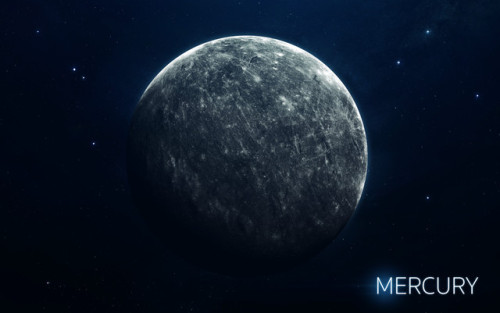
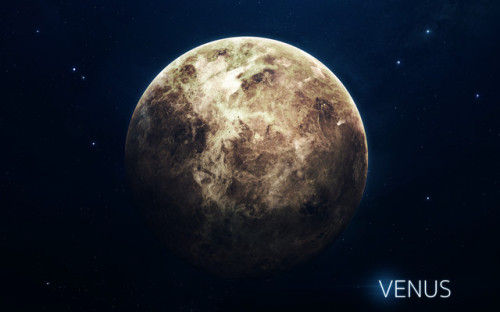
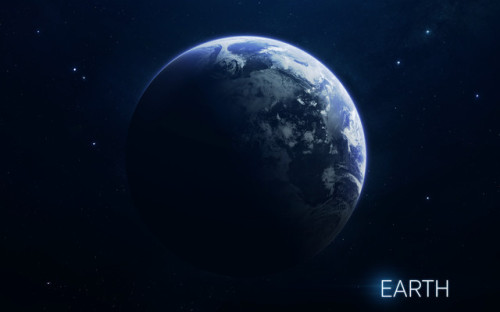
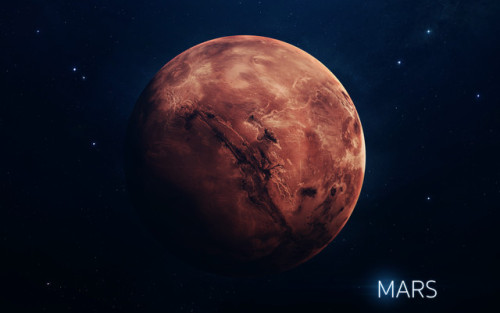
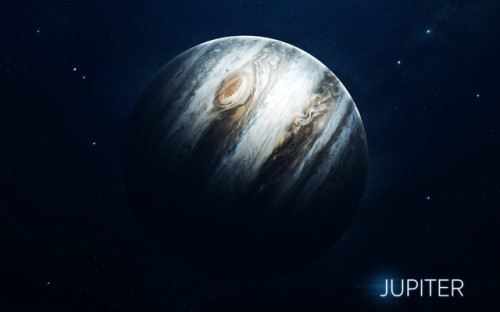
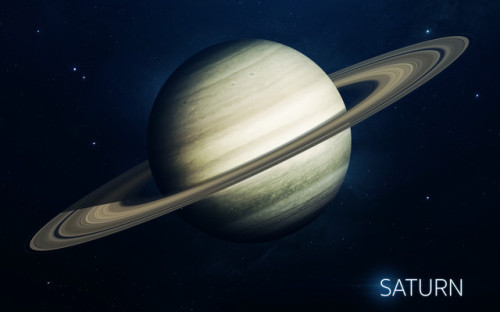
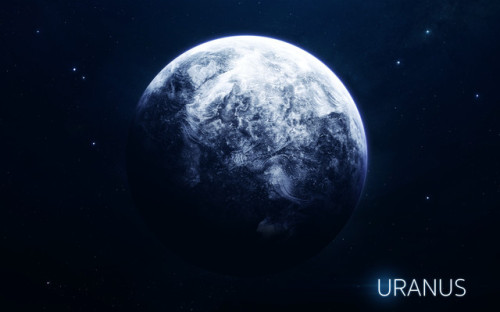
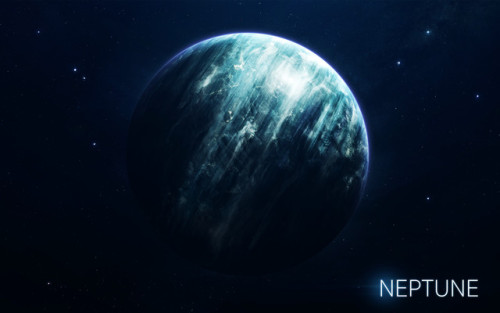
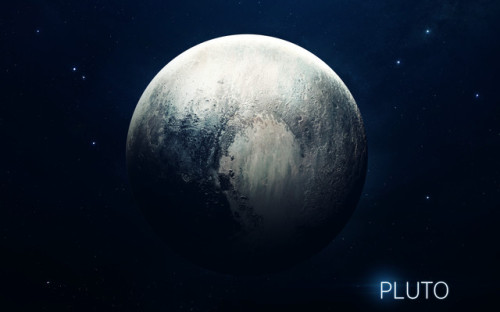
Berries - Vadim Sadovski
Celestial Geometry: Equinoxes and Eclipses
March 20 marks the spring equinox. It’s the first day of astronomical spring in the Northern Hemisphere, and one of two days a year when day and night are just about equal lengths across the globe.

Because Earth is tilted on its axis, there are only two days a year when the sun shines down exactly over the equator, and the day/night line – called the terminator – runs straight from north to south.
In the Northern Hemisphere, the March equinox marks the beginning of spring – meaning that our half of Earth is slowly tilting towards the sun, giving us longer days and more sunlight, and moving us out of winter and into spring and summer.

An equinox is the product of celestial geometry, and there’s another big celestial event coming up later this year: a total solar eclipse.

A solar eclipse happens when the moon blocks our view of the sun. This can only happen at a new moon, the period about once each month when the moon’s orbit positions it between the sun and Earth — but solar eclipses don’t happen every month.
The moon’s orbit around Earth is inclined, so, from Earth’s view, on most months we see the moon passing above or below the sun. A solar eclipse happens only on those new moons where the alignment of all three bodies are in a perfectly straight line.

On Aug. 21, 2017, a total solar eclipse will be visible in the US along a narrow, 70-mile-wide path that runs from Oregon to South Carolina. Throughout the rest of North America – and even in parts of South America, Africa, Europe and Asia – the moon will partially obscure the sun.

Within the path of totality, the moon will completely cover the sun’s overwhelmingly bright face, revealing the relatively faint outer atmosphere, called the corona, for seconds or minutes, depending on location.
It’s essential to observe eye safety during an eclipse. Though it’s safe to look at the eclipse ONLY during the brief seconds of totality, you must use a proper solar filter or indirect viewing method when any part of the sun’s surface is exposed – whether during the partial phases of an eclipse, or just on a regular day.

Learn more about the August eclipse at eclipse2017.nasa.gov.
Make sure to follow us on Tumblr for your regular dose of space: http://nasa.tumblr.com

Chasing Storms at 17,500mph
Flying 250 miles above the Earth aboard the International Space Station has given me the unique vantage point from which to view our planet. Spending a year in space has given me the unique opportunity to see a wide range of spectacular storm systems in space and on Earth.
The recent blizzard was remarkably visible from space. I took several photos of the first big storm system on Earth of year 2016 as it moved across the East Coast, Chicago and Washington D.C. Since my time here on the space station began in March 2015, I’ve been able to capture an array of storms on Earth and in space, ranging from hurricanes and dust storms to solar storms and most recently a rare thunder snowstorm.

Blizzard 2016

Hurricane Patricia 2015

Hurricane Joaquin 2015

Dust Storm in the Red Sea 2015

Dust Storm of Gobi Desert 2015

Aurora Solar Storm 2015

Aurora Solar Storm 2016

Thunderstorm over Italy 2015

Lightning and Aurora 2016

Rare Thunder Snowstorm 2016
Follow my Year In Space on Twitter, Facebook and Instagram.

Muitos observam o pôr do Sol, poucos observam o pôr da Lua, raríssimos são aqueles que contemplam os pôres do Sol e da Lua simultaneamente! 🌅🌙
📅 Data de registro: 5 de agosto de 2024 às 18:26
🌟 🎶 Esse amor não tem fim
Já faz parte de mim
Te amo CAPRICHOSO
E vai ser pra sempre assim
Nasci pra amar você
De azul até morrer
Não há um amor maior
Do amor que eu sinto por você! 🎶 💙

Arte Da Natureza

📅 Data de registro: 5 de agosto de 2024 às 18:26
-
 stellar-destruction reblogged this · 3 weeks ago
stellar-destruction reblogged this · 3 weeks ago -
 diegopenate reblogged this · 3 weeks ago
diegopenate reblogged this · 3 weeks ago -
 ch0nkyspice reblogged this · 3 weeks ago
ch0nkyspice reblogged this · 3 weeks ago -
 bouquet-0f-clumsy-words reblogged this · 3 weeks ago
bouquet-0f-clumsy-words reblogged this · 3 weeks ago -
 brumbaughfett reblogged this · 3 weeks ago
brumbaughfett reblogged this · 3 weeks ago -
 gr8fully-dead liked this · 3 weeks ago
gr8fully-dead liked this · 3 weeks ago -
 loverofmemesandanimals reblogged this · 3 weeks ago
loverofmemesandanimals reblogged this · 3 weeks ago -
 men-kik liked this · 4 weeks ago
men-kik liked this · 4 weeks ago -
 omgherbalicious liked this · 1 month ago
omgherbalicious liked this · 1 month ago -
 di4s-gris3ss reblogged this · 1 month ago
di4s-gris3ss reblogged this · 1 month ago -
 jastlin liked this · 1 month ago
jastlin liked this · 1 month ago -
 lunalejanaa liked this · 1 month ago
lunalejanaa liked this · 1 month ago -
 entre-letr4s-de-canciones reblogged this · 1 month ago
entre-letr4s-de-canciones reblogged this · 1 month ago -
 entre-letr4s-de-canciones liked this · 1 month ago
entre-letr4s-de-canciones liked this · 1 month ago -
 ifwesail reblogged this · 1 month ago
ifwesail reblogged this · 1 month ago -
 ifwesail liked this · 1 month ago
ifwesail liked this · 1 month ago -
 cleider-al reblogged this · 1 month ago
cleider-al reblogged this · 1 month ago -
 masterwayne51 reblogged this · 1 month ago
masterwayne51 reblogged this · 1 month ago -
 eclecticcollections2 reblogged this · 1 month ago
eclecticcollections2 reblogged this · 1 month ago -
 eclecticcollections2 liked this · 1 month ago
eclecticcollections2 liked this · 1 month ago -
 kirsche-milli reblogged this · 1 month ago
kirsche-milli reblogged this · 1 month ago -
 brxtty-am liked this · 1 month ago
brxtty-am liked this · 1 month ago -
 kal-ku reblogged this · 1 month ago
kal-ku reblogged this · 1 month ago -
 delirium-et-ratio reblogged this · 1 month ago
delirium-et-ratio reblogged this · 1 month ago -
 delirium-et-ratio liked this · 1 month ago
delirium-et-ratio liked this · 1 month ago -
 worldsoupp reblogged this · 1 month ago
worldsoupp reblogged this · 1 month ago -
 blueeyesbalam2 liked this · 1 month ago
blueeyesbalam2 liked this · 1 month ago -
 thetac0wh0re reblogged this · 1 month ago
thetac0wh0re reblogged this · 1 month ago -
 odetoz2 reblogged this · 1 month ago
odetoz2 reblogged this · 1 month ago -
 intheendofthedayxxx reblogged this · 1 month ago
intheendofthedayxxx reblogged this · 1 month ago -
 mlithium2 liked this · 1 month ago
mlithium2 liked this · 1 month ago -
 faerytaledvwn reblogged this · 1 month ago
faerytaledvwn reblogged this · 1 month ago -
 lightwarden reblogged this · 1 month ago
lightwarden reblogged this · 1 month ago -
 rottingbvnnyheart liked this · 1 month ago
rottingbvnnyheart liked this · 1 month ago -
 odetoz liked this · 1 month ago
odetoz liked this · 1 month ago -
 plasticine-dreams reblogged this · 1 month ago
plasticine-dreams reblogged this · 1 month ago -
 plasticine-dreams liked this · 1 month ago
plasticine-dreams liked this · 1 month ago -
 avg-gaymer liked this · 1 month ago
avg-gaymer liked this · 1 month ago -
 danceswithwolves-blog liked this · 1 month ago
danceswithwolves-blog liked this · 1 month ago -
 faerytaledvwn reblogged this · 1 month ago
faerytaledvwn reblogged this · 1 month ago -
 figure-u-out reblogged this · 1 month ago
figure-u-out reblogged this · 1 month ago -
 hot-thiggity-thighs liked this · 1 month ago
hot-thiggity-thighs liked this · 1 month ago -
 brumbaughfett liked this · 1 month ago
brumbaughfett liked this · 1 month ago -
 kittenstrategist reblogged this · 1 month ago
kittenstrategist reblogged this · 1 month ago -
 kittenstrategist liked this · 1 month ago
kittenstrategist liked this · 1 month ago -
 loverofmemesandanimals liked this · 1 month ago
loverofmemesandanimals liked this · 1 month ago -
 maj-spirals liked this · 1 month ago
maj-spirals liked this · 1 month ago -
 the-blvck-wolf liked this · 1 month ago
the-blvck-wolf liked this · 1 month ago -
 planet-sb0 reblogged this · 1 month ago
planet-sb0 reblogged this · 1 month ago
